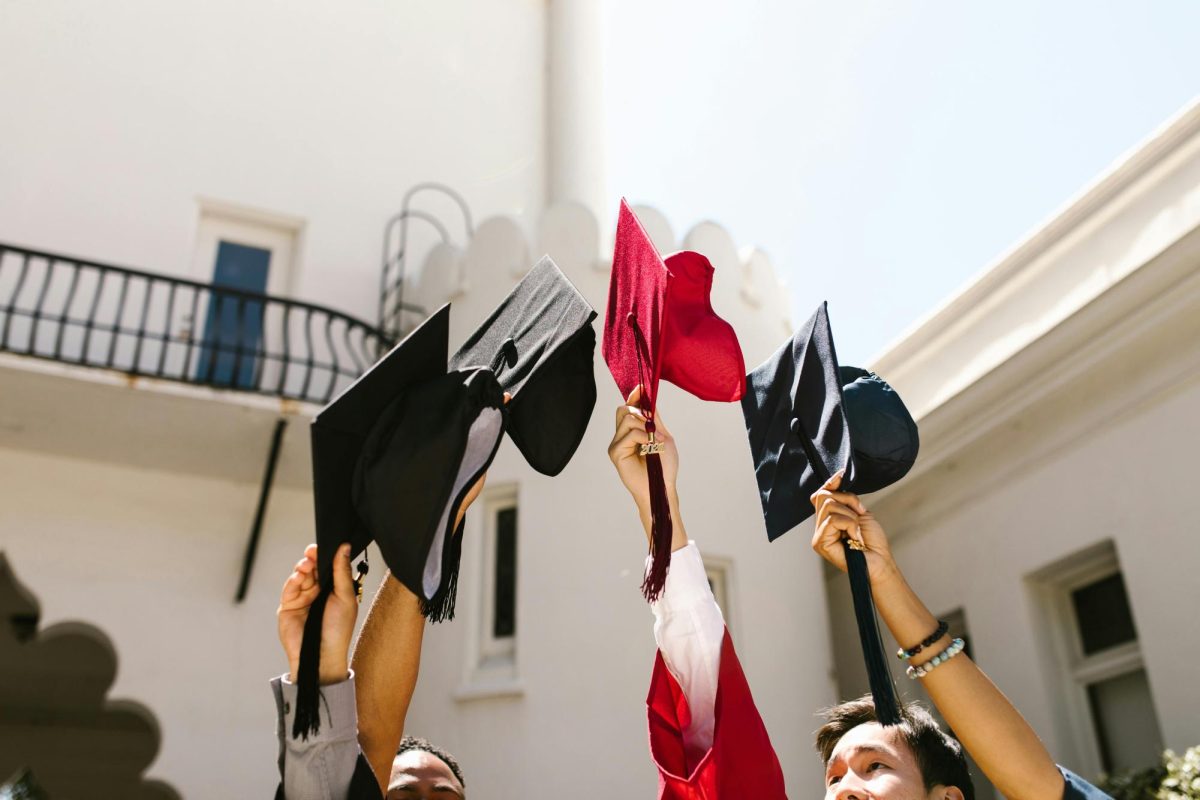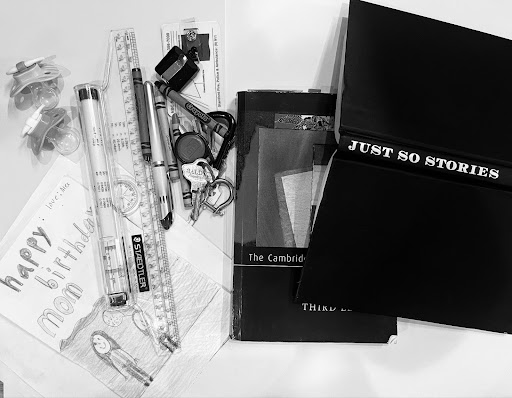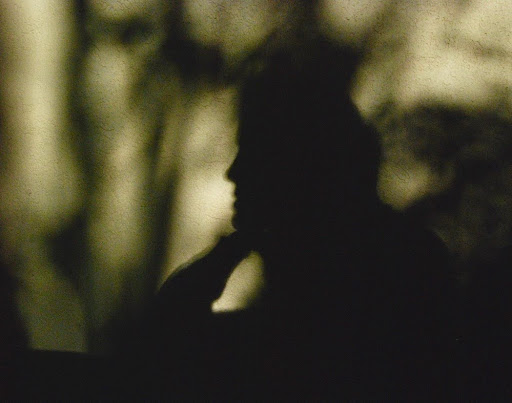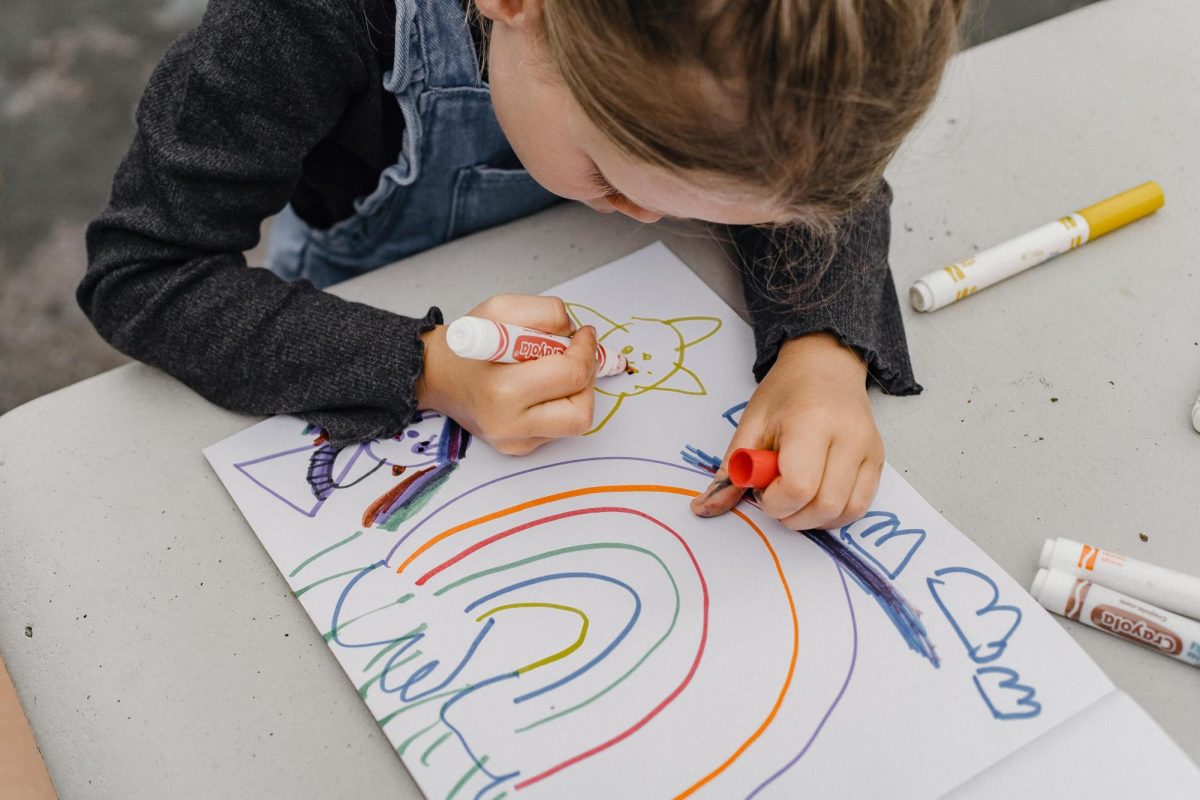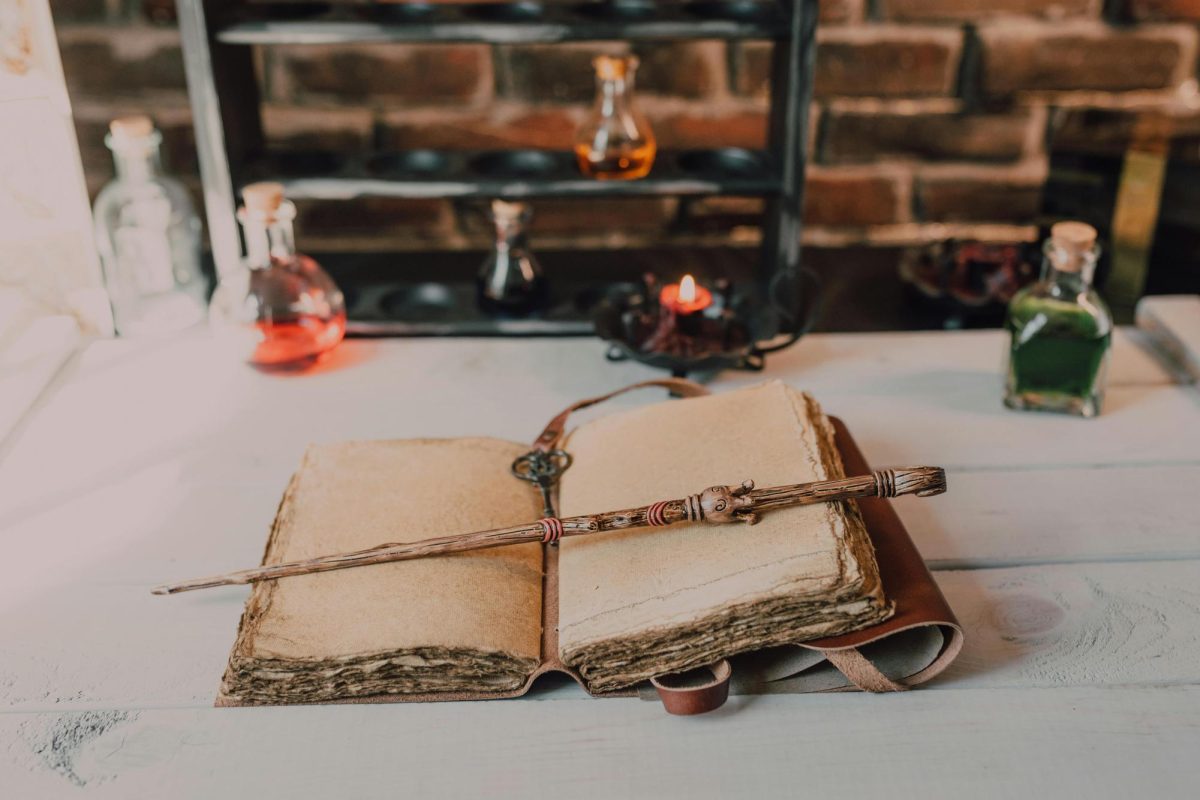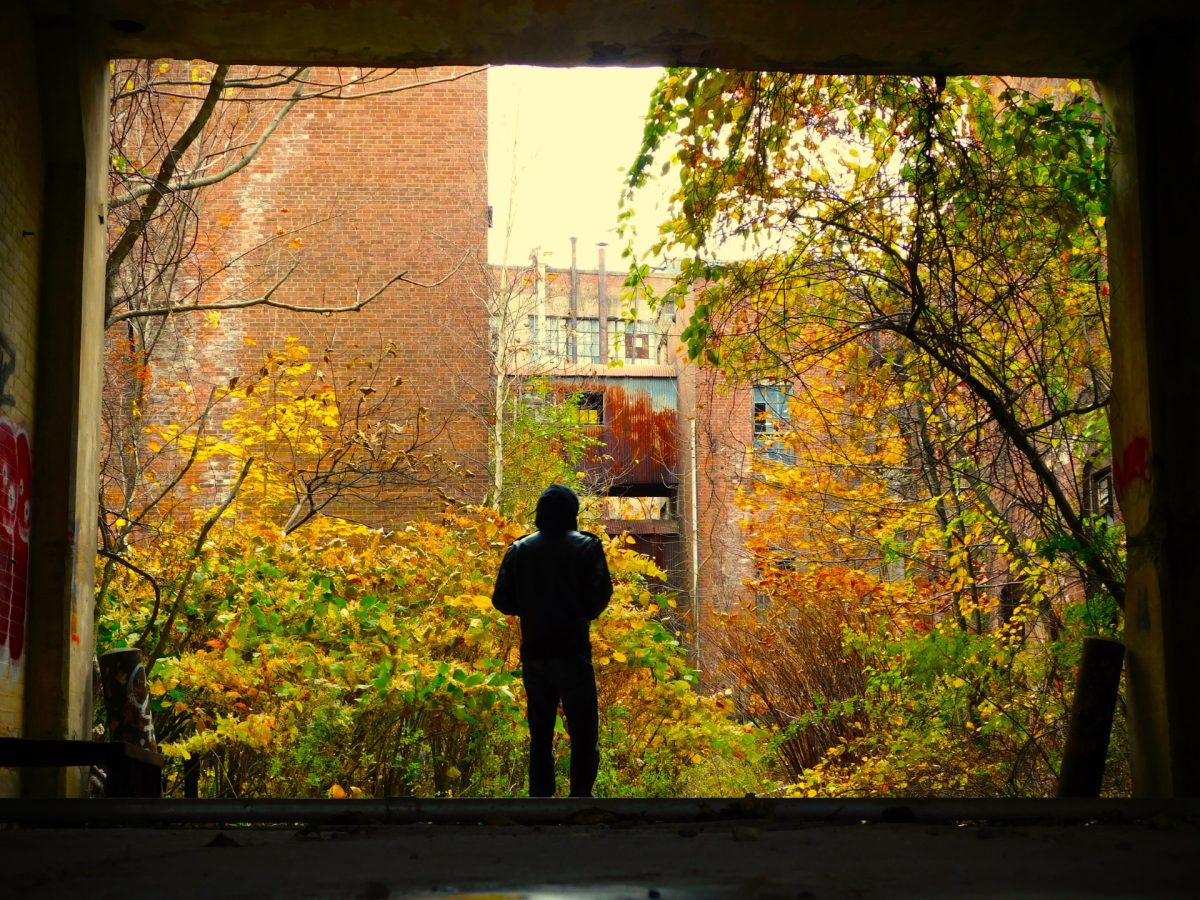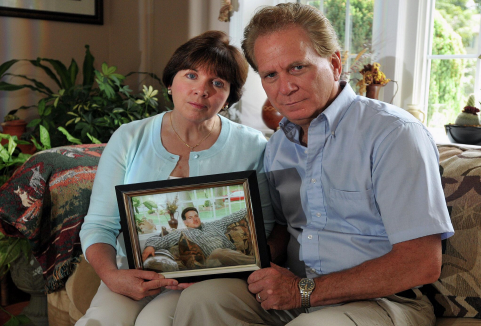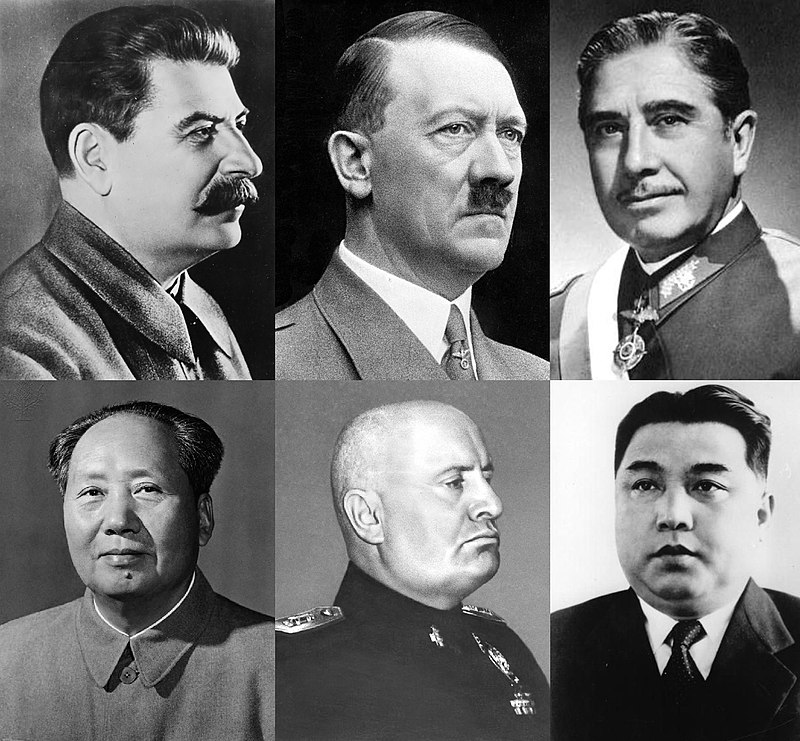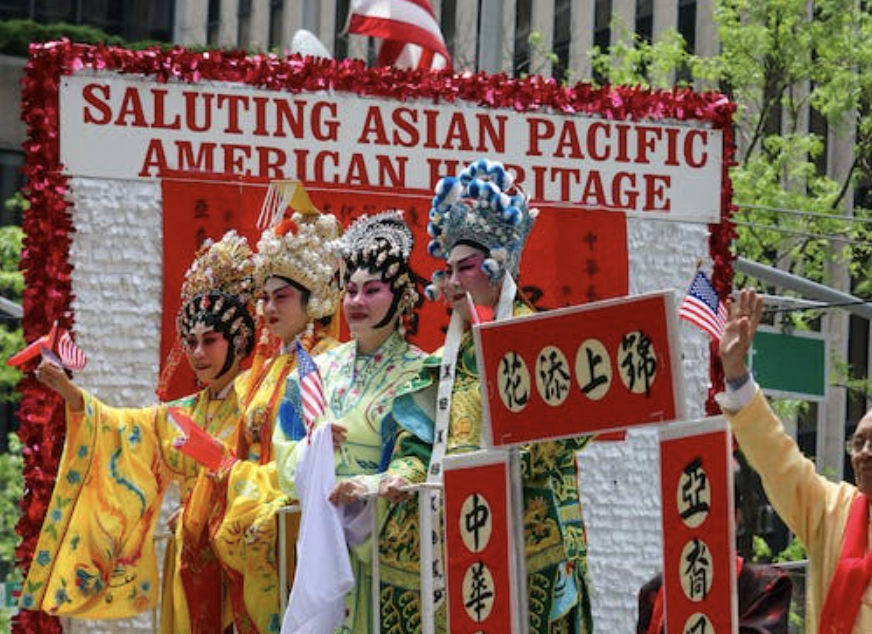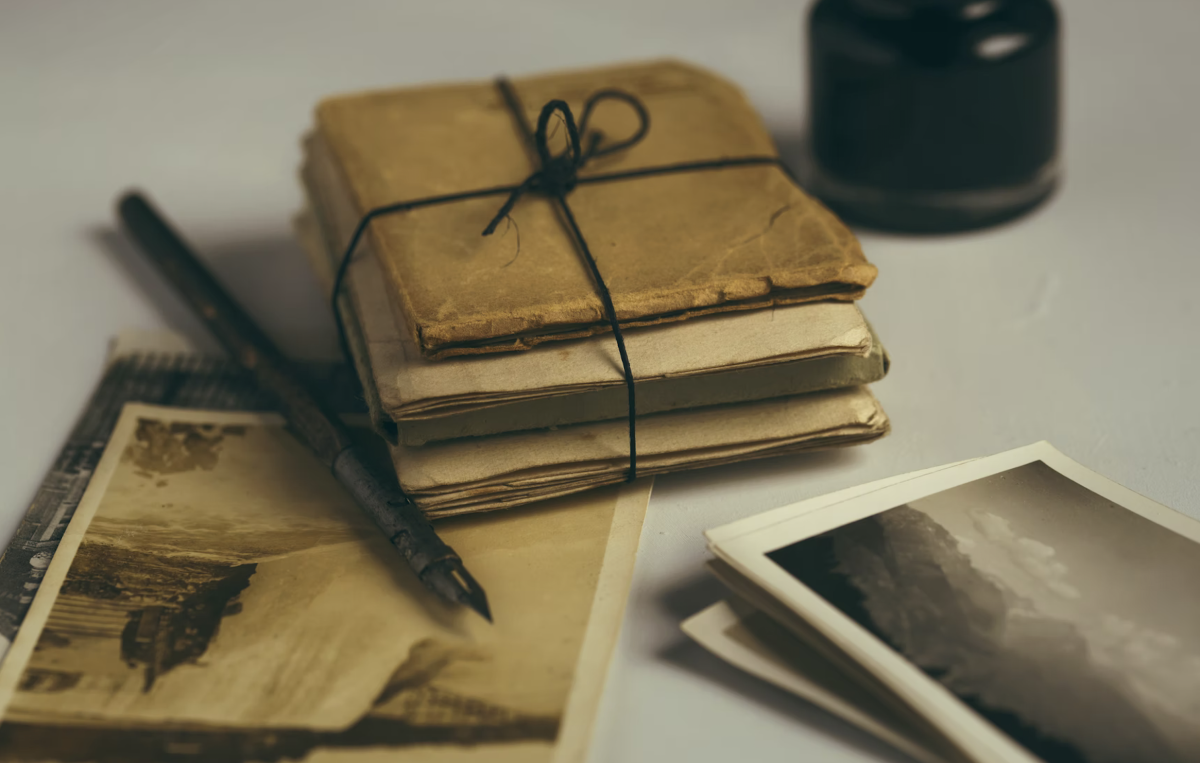If we turn back time, we can see that there is a visible pattern in how history has denied the homosexuality of people of importance. Time and time again, reports cover up high-profile relationships by blowing them off as close friendships. In reality, though, the list of historical figures whose clearly gay relationships were downplayed as strong friendships is extensive. The following are only a small percentage of those whom the media was too fearful to identify correctly.
John F. Kennedy, 35th president of the U.S., had a reputation of being a womanizer. However, Kirk LeMoyne (“Lem”) Billings was a gay man with whom JFK allegedly had a very strong friendship, for many decades. Billings was open about his sexuality, an attribute that made much of the Kennedy family uncomfortable. According to reports, Billings told author Lawrence J. Quirk that Kennedy was on “the receiving end” of their sexual relationship, which Kennedy felt still allowed for his desires to qualify as a merely heteronormative desire for pleasure.
Another notable political figure with a history of homosexuality is founding father Alexander Hamilton. Given that some historians have granted him the title of being one of the most influential queer men in American history, it is important to delve into the relationships that much of the media would tell you was a simple friendship. Lieutenant colonel John Laurens was a very close friend of Hamilton.
Following their time in the war together, the two men consistently wrote letters to each other, which contained heavy indications of passion towards one another. After marriage, Hamilton noted to Laurens that his relationship with his wife was merely a cover for his true desires and many times discredited his marriage to Elizabeth Schuyler. Hamilton wrote that “In spite of Schuyler’s black eyes, I have still a part for the public and another for you. So your impatience to have me married is misplaced; a strange cure by the way, as if after matrimony I was to be less devoted that I am now.”
Emily Dickinson is one of the most infamous queer icons in literature, but she was not always allowed to hold this title. She had known Susan Gilbert her entire life, and as a result, most records tried to play the two as a pair of childhood friends. However, many records have claimed that the two carried out a prolonged relationship, even into the time during which Gilbert was married to Dickinson’s brother. It is also notable that Dickinson never married, which was historically attributed to her introverted nature, but which could definitely be explained by her unwillingness to settle down with a man to whom she was not attracted.
As a first lady, Eleanor Roosevelt’s bisexuality was downplayed by the media immensely; most people do not know anything about her relationships with women. Her marriage to President Rosevelt was in many ways no more than a political statement that had to be preserved, but history classes would not openly unveil such information to the youth. Eleanor Roosevelt had a lengthy relationship with Lorena Hickock, a writer for The New York Times.
Unfortunately, it has taken a prolonged period of time for all of these figures to make their way into the light of their true identity. Relationships such as all of these have been swept under the rug for decades going on centuries. Larry Kramer of The Guardian sums it up quite well by saying “Most histories are written by straight people who wouldn’t know, see the signs that a gay person does when they look at a person’s life,” (Kramer). In a heteronormative society, those in charge of writing history may miss the cues, oftentimes intentionally, that distinguish same-sex relationships from strong friendships.
Such a widespread heteronormative mindset throughout history has resulted in the denial of many same-sex relationships and the degradation of such to mere friendships. Historically, media representation of homosexuality has been almost nonexistent. Such has created a clear message that homosexuality is a recent phenomenon; brilliant use of propaganda that is simply untrue. Normalizing the presence of homosexuality across an array of recent centuries is essential in order to remove the stigmas presented against the gay community today.
Despite the notion that the reality of these relationships, and so many others, have surfaced over time, such came as a result of perseverance through time. It was not until long after the activity of these silenced relationships that their reality came to light. This is an issue that needs to be corrected as we progress in humanity’s motion towards equal representation.

